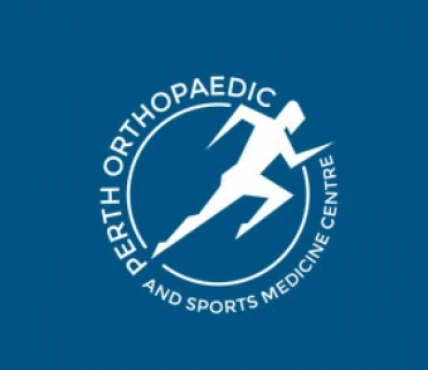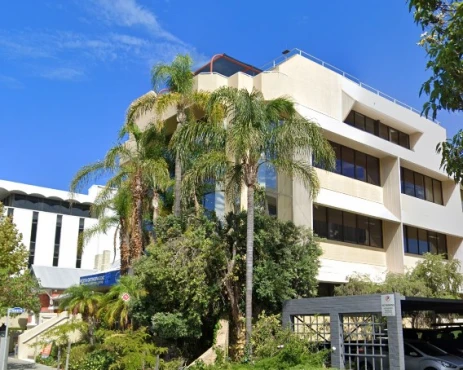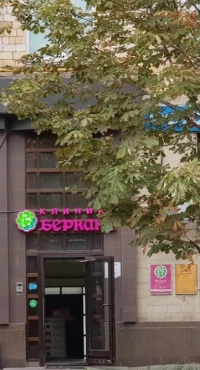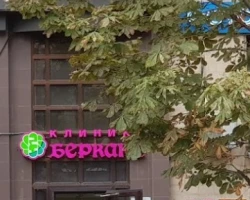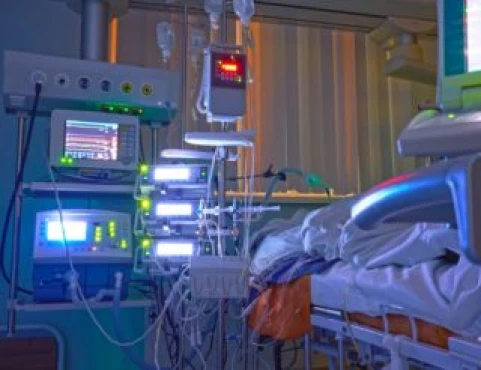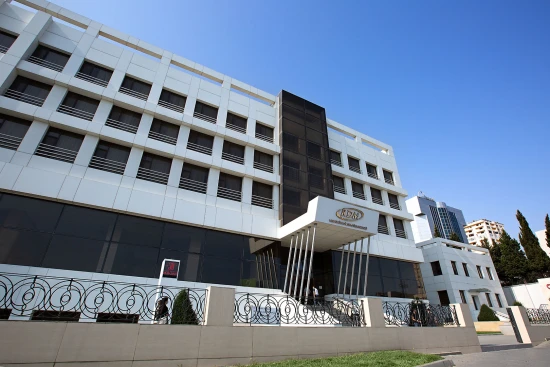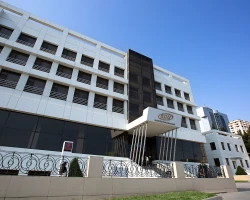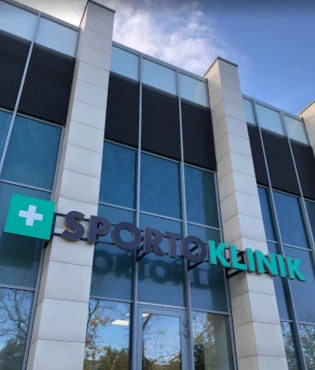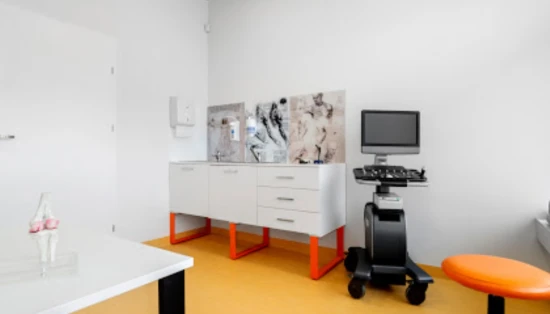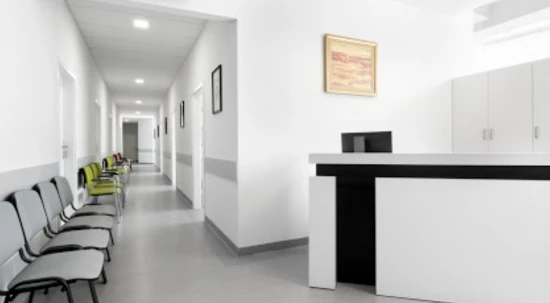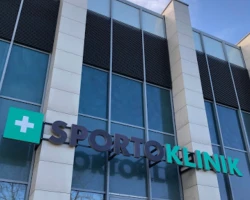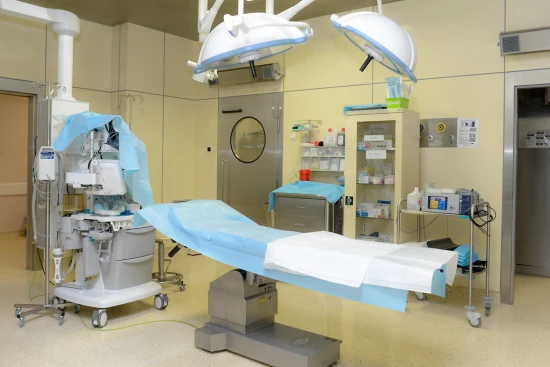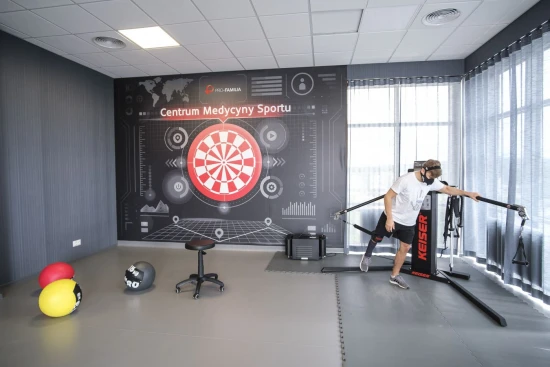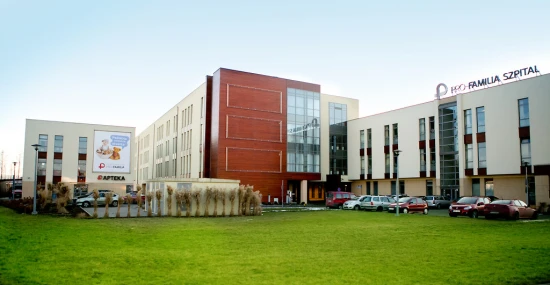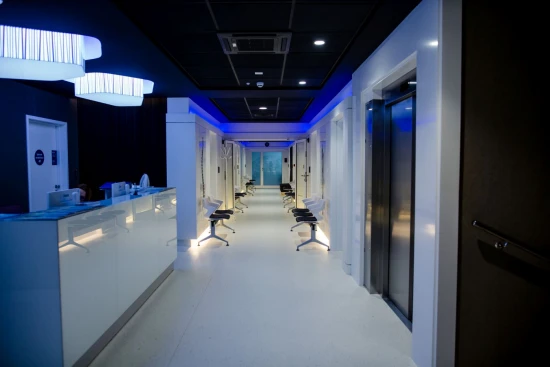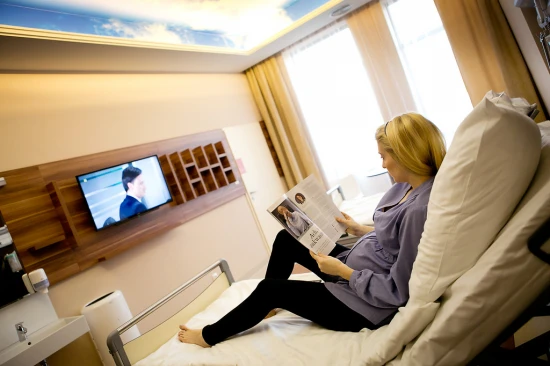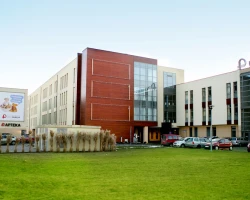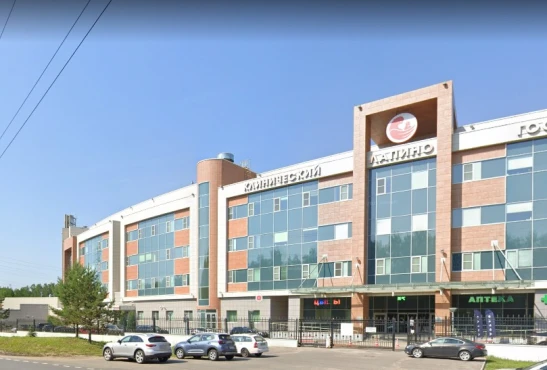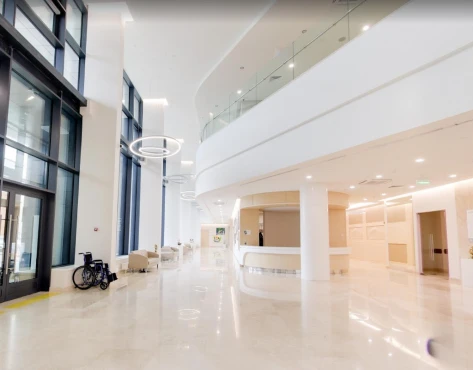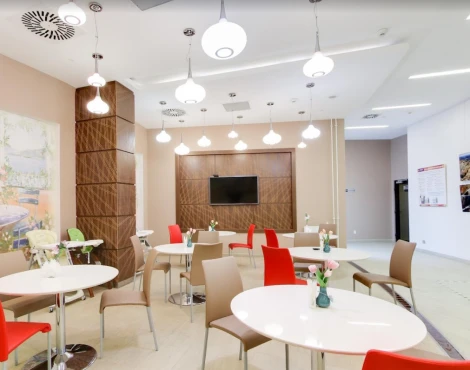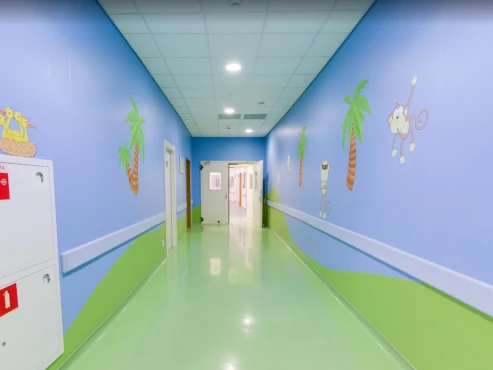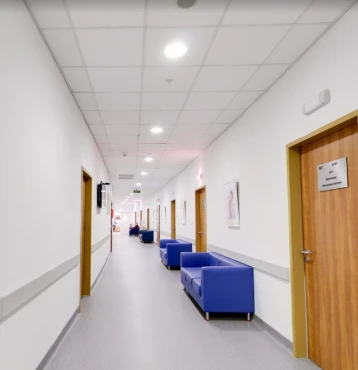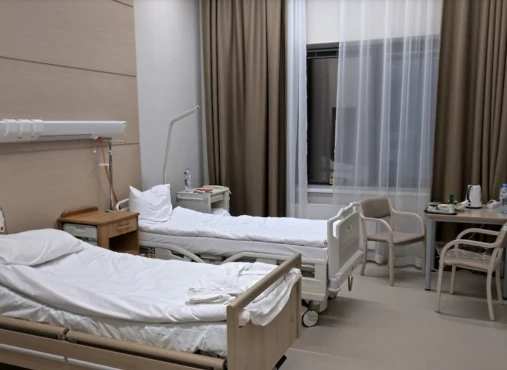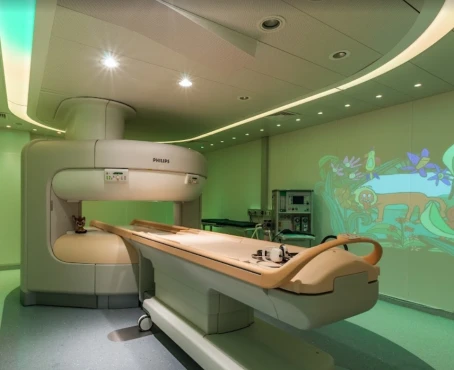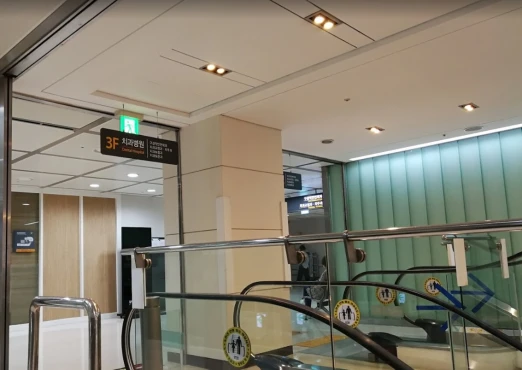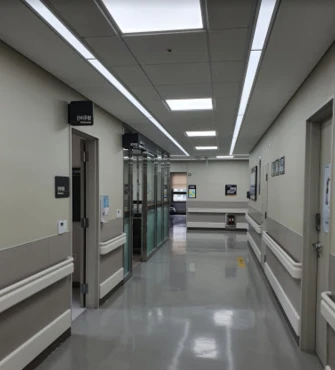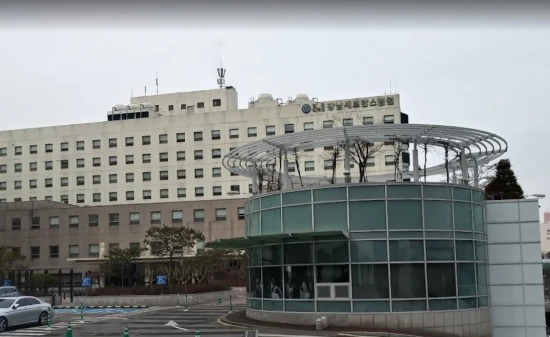Tenotomy in 7 Orthopedic surgery clinics worldwide with additional parameter
7 clinics specializing in Orthopedic surgery providing
Tenotomy
Tenotomy is a surgical procedure that involves cutting a tendon to relieve tension or correct a deformity. It is often used to treat conditions such as spasticity, tendonitis, and other conditions that affect tendon function.
Read more...
procedure worldwidewith additional parameter of rating.
Sorted by:
Relevance
Rating
Cost of procedures
Relevance
Prices for selected procedures, total:
≈ $2,855
Prices for popular procedures:
Prices for selected procedures, total:
≈ $1,020
Prices for popular procedures:
Prices for selected procedures, total:
≈ $476
Prices for popular procedures:
Prices for selected procedures, total:
≈ $865
Prices for popular procedures:
Prices for selected procedures, total:
$865
Prices for popular procedures:
Prices for selected procedures, total:
≈ $1,020
Prices for popular procedures:
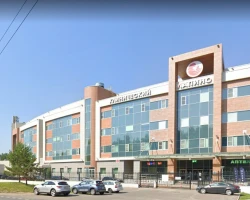
Moscow, Russia
Specializations: Cardiac surgery, Vascular surgery, Thoracic surgery, Neurosurgery, Spine surgery, Orthopedic surgery, Oncology
Clinical Hospital "Lapino" is a worthy alternative to diagnostics and treatment abroad. The multidisciplinary medical center, with an area of 42,000 square meters, is located
read more
Prices for selected procedures, total:
≈ $4,107
Prices for popular procedures:
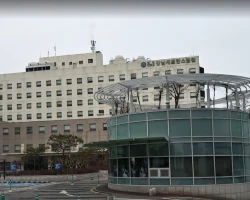
Seoul, South Korea
Specializations: Cardiac surgery, Vascular surgery, Thoracic surgery, Neurosurgery, Spine surgery, Orthopedic surgery, Oncology
Languages: Arabic, Chinese, English, Japanese, Russian
Gangnam Severance Hospital was opened in 1983 by Yonsei University Health System to expand its medical business and establish a stronghold for healthcare delivery in
read more
Procedure price distribution worldwide
Tenotomy:
$477
This price found at
Republican Treatment and Diagnostics Centre
in Azerbaijan, Baku
$2,925 - 2,925
This price found at
Perth Orthopaedic and Sports Medicine Centre
in Australia, West Perth
$4,192
This price found at
Gangnam Severance Hospital
in South Korea, Seoul
Minimum Average Maximum
Procedure prices in popular countries:
Tenotomy:
Turkey
$1,442 - 1,442
in
23 clinics
China
$4,582 - 4,666
in
5 clinics
Germany
$4,897 - 4,897
in
35 clinics
Israel
$6,362 - 6,372
in
8 clinics
United States
$7,282 - 7,282
in
12 clinics
Countries with the highest number of clinics offering the procedures treatment:
Tenotomy:
worldwide
585 clinics
Brazil
43 clinics
Germany
35 clinics
United Kingdom
33 clinics
Colombia
32 clinics
Mexico
25 clinics
Clinics grouping by rating
All the scored clinics have the same rating of 5, clinic with the most reviews number of 513 — SPORTOKLINIK in Kraków, Poland.

